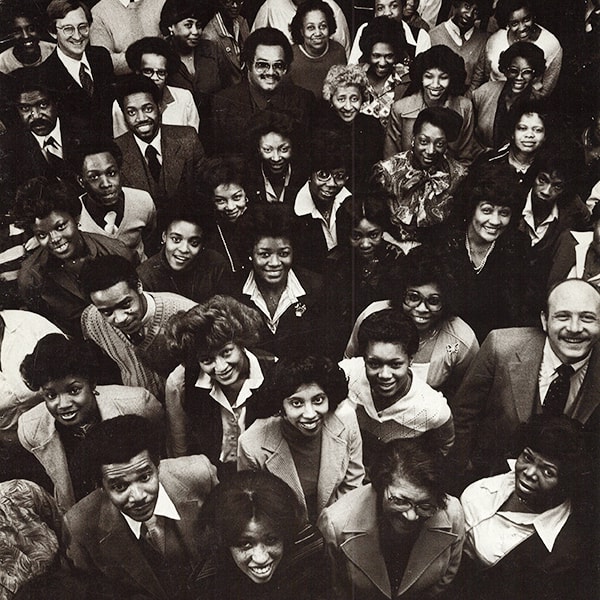
ICU Day celebrations at a Greenville, SC Self-Help branch
As of 2022, there are currently 5,204 credit unions with over 132 million members in the United States. If you’re reading this, you probably already know why you’re a member of a credit union, but do you know what makes a credit union different from traditional banks, and more important, what credit unions can do to empower individuals and communities?
What’s a credit union?
Like traditional commercial banks, credit unions offer banking services like accounts to deposit money and provide credit and investment products. What makes credit unions different is that they are collectively owned by their members and can provide these services and products for the benefit of every member.
As a cooperative financial institution, a credit union maintains a democratic structure which consists of member-elected boards, staff, and member-owners. No matter how big or small their deposit, each credit union member has a vote to elect the board.
What makes banking with a credit union different?
Your banking experience at credit unions is a lot like commercial banks. The biggest difference, however, is that instead as nonprofits, credit unions exist to meet your financial goals. This means most credit unions can offer the same services and products that commercial banks offer but at a lower cost.
How can credit unions benefit you and your community?
While we’ve long partnered with larger commercial financial institutions, we recognize that credit unions have a unique role to play in empowering communities and individuals, especially those that have that have faced economic injustice and financial exclusion. Because a credit union is made up of its members, credit unions can prioritize our members’ goals and work to achieve a mission.
Many credit unions form around a common goal. Workers in a given industry or company, local community members, or like-minded individuals working together to achieve a mission can form credit unions to both provide banking services that fit their own financial or mission-oriented goals.
While the retail banking services a credit union provides are a benefit in themselves, credit unions have the potential to provide a strong financial foundation for a wide range of community goals. In communities that have been overlooked by traditional financial institutions, credit unions can be a crucial vehicle for community members to build credit, wealth and savings that will benefit many generations into the future.

Seaway Bank, now a division of Self-Help, in Chicago, Il, 1979
Some credit union history
Credit unions began in the mid-nineteenth century in Central Europe from the basic notion that a group of people could provide each other with credit from their collective deposited funds. By the early twentieth century , credit unions had spread to rural and industrial communities North America (read more about this early history here).
As a credit union and a mission-driven organization, Self-Help began from a desire to empower communities and expand ownership. The community-focused credit unions around the country that Self-Help has merged with have made their own mark on the history of credit unions.
Our merger partners include credit unions that formed to serve farmworker communities in Florida and California, Black farmers in rural North Carolina, and a historic Black-owned bank in Chicago, just to name a few.
Browse our Legacy video series to learn more about these credit unions and others who have partnered with us to continue creating and protecting ownership and economic opportunity for all. If you’re interested in learning more about how Self-Help has made an impact in the communities we serve, check out our 2021 Annual Report here.